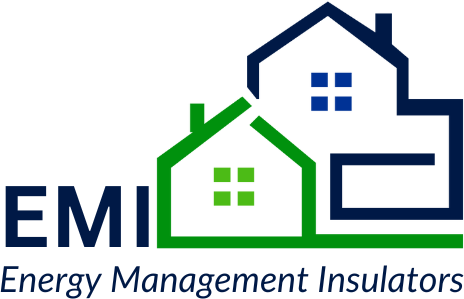The Importance Of Regular Drainage System Maintenance
Keeping Your Home Dry: Drainage Maintenance Tips
Your home’s drainage system might not be the first thing on your mind, but it’s one of the most essential components of a well-functioning property. When it's working correctly, you don’t think about it much. But when something goes wrong—water pooling in your yard, clogged gutters, or a damp basement—it quickly becomes a major concern. Regular maintenance can help prevent costly repairs, structural damage, and the kind of frustration that comes with trying to fix an issue after it’s spiraled out of control.
How Poor Drainage Leads To Bigger Problems
Water doesn’t need an invitation to seep into places it doesn’t belong. A neglected drainage system allows moisture to accumulate around your foundation, under your floors, and even inside your walls. Over time, that excess moisture can weaken structural components, cause rot, and create an ideal breeding ground for mold.
One of the most common culprits of drainage issues is a clogged or poorly maintained gutter system. When gutters fill with leaves, dirt, and debris, they can’t channel rainwater away from your home properly. Instead, water spills over the sides, eroding soil, flooding landscaping, and pooling near the foundation. That standing water can lead to cracks in concrete and basement leaks, which are expensive and time-consuming to fix.
Subsurface drainage issues can be just as damaging. If the soil around your home isn’t graded correctly, water will settle in low spots rather than flowing away. Over time, that water will slowly infiltrate basement walls and crawl spaces, leading to excessive humidity, mildew growth, and long-term damage. It doesn’t happen overnight, which makes it easy to overlook—until you’re dealing with a major problem.
Preventing Water Damage And Costly Repairs
Maintaining your drainage system isn’t just about avoiding inconvenience—it’s about preventing expensive repairs that could have been avoided with a bit of routine upkeep. Foundation repairs, mold remediation, and water-damaged flooring replacement can add up quickly, not to mention the stress of dealing with home repairs that disrupt daily life.
Keeping gutters clean is one of the simplest ways to maintain proper drainage. When water can flow freely through downspouts and away from the house, there’s less risk of pooling around the foundation. Regularly inspecting gutters for leaks or damage can prevent minor issues from escalating into bigger, more expensive repairs.
Another important aspect of drainage maintenance is ensuring that underground systems, such as French drains or perimeter drains, are functioning as they should. Over time, these systems can become clogged with silt and debris, reducing their ability to redirect water away from vulnerable areas. Routine flushing and occasional professional inspections can keep them working efficiently and prevent unexpected failures.
How Drainage Affects Home Insulation And Energy Efficiency
It’s easy to think of drainage and insulation as two separate concerns, but they’re more connected than you might realize. A home with poor drainage often struggles with excess moisture, which can impact insulation performance and energy efficiency. When insulation becomes damp, it loses its ability to regulate temperature effectively. That means higher energy bills in both summer and winter, as your heating and cooling systems have to work harder to maintain a comfortable indoor climate.
In basements and crawl spaces, where insulation plays a key role in preventing drafts and heat loss, prolonged exposure to moisture can lead to insulation degradation. Fiberglass insulation, for example, can become compressed and lose its effectiveness when wet. In extreme cases, damp insulation may even need to be removed and replaced, adding yet another expense to the list of potential drainage-related costs.
Proper drainage also helps prevent ice dams from forming in colder months. When gutters are clogged and water can’t flow freely, it can back up onto the roof and freeze, creating a barrier that traps additional melting snow. This trapped water can work its way under shingles, causing leaks and water damage inside the home. Addressing drainage issues before winter arrives can help keep insulation intact and prevent unnecessary heat loss.
Taking A Proactive Approach To Drainage Maintenance
Waiting until there’s a problem to think about drainage can lead to unnecessary stress and significant expenses. Instead, taking a proactive approach can save time and money in the long run. Regularly inspecting gutters, checking for signs of erosion or standing water, and ensuring that underground drainage systems are functioning properly can all go a long way in preventing problems before they start.
For homeowners looking to take extra precautions, working with professionals can provide an added layer of protection. Companies like Energy Management Insulators understand how moisture impacts insulation and home efficiency, making them a valuable resource for homeowners dealing with drainage-related issues. Whether it’s identifying problem areas, improving insulation in moisture-prone spaces, or addressing ventilation concerns, having experts assess your home’s needs can make a significant difference.
If you’re noticing signs of poor drainage—damp walls, musty odors, or excessive humidity—it’s worth taking action before the problem worsens. Contact Energy Management Insulators to discuss how drainage and insulation work together to protect your home and ensure long-term efficiency. A well-maintained drainage system doesn’t just prevent damage—it contributes to a healthier, more comfortable living environment.

